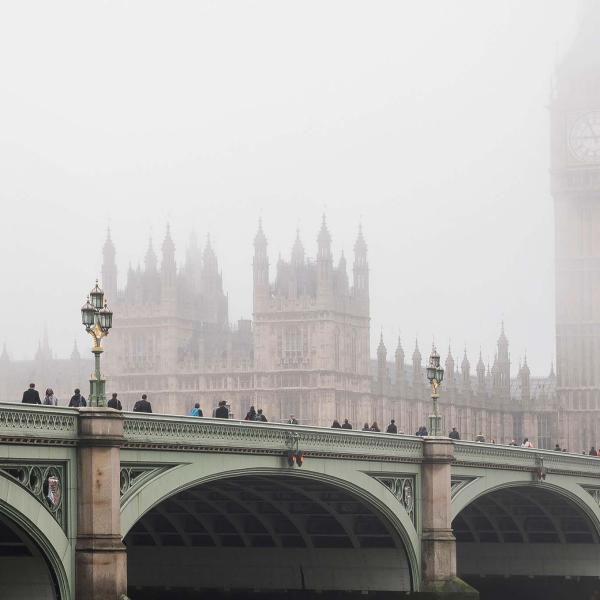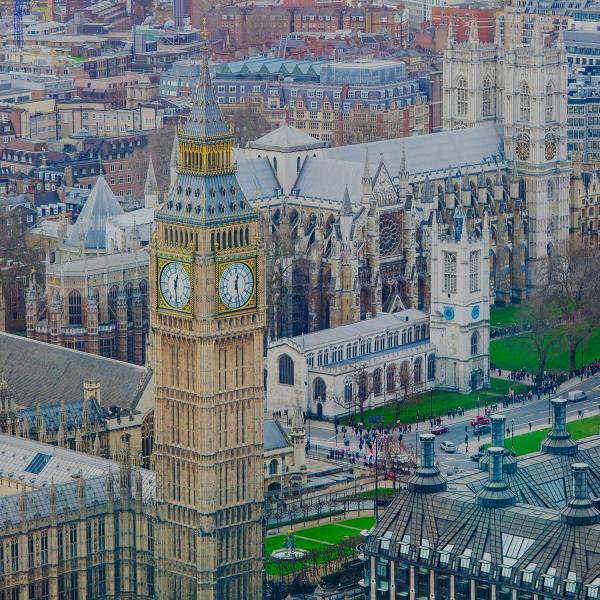Among the 7.6 million households with children, changes to the tax and benefit system have reduced benefit entitlements by £2,200 per year on average (£17 billion in total), with those out-of-work losing an average of £5,500 per year. The generosity of tax credits has been cut a lot and child benefit has been withdrawn from many higher earners. That last change would be (partly) undone by the Conservatives’ plans to expand child benefit entitlement, but still leave the broad picture little changed.
Taken as a whole, tax and benefit reforms since 2010 have on average reduced incomes for the poorest 40% and the richest 10% of households. Tax cuts mean that people on average and somewhat above average incomes have gained.
These are findings from a new IFS research report released today, funded by the abrdn Financial Fairness Trust, which investigates the impact of tax and benefit reforms implemented or announced since 2010. We have also launched an interactive tool that allows users to explore the impact of reforms for different demographic groups and time periods.
The report finds that:
- Families with children have been particularly affected by benefit cuts. Reductions in the generosity of tax credits have hit them hard. The so-called ‘two-child limit’ in universal credit has reduced the incomes of bigger families; child benefit entitlements have been cut for those with incomes over £60,000; and the ‘benefit cap’, which places an overall limit on benefit receipt, in practice primarily affects families with children.
- Out-of-work families with children have lost the most, but working families have lost a lot as well . For example, a single-earner couple earning £80,000 with two children would, in 2010–11, have been eligible for £3,200 of benefits each year (2024–25 prices); today they receive nothing. A single parent with two children on average earnings (£35,000) has lost £5,200 a year in benefits – potentially more if they are a renter.
- A small number of families will have benefited from increased childcare provision (not incorporated in these numbers) but overall this is nowhere near enough to offset the effect of benefit cuts (with the childcare expansion worth approximately £4 billion compared to the £17 billion cut in cash benefits).
The report also explores the wider impact of tax–benefit reforms, which in total have served to reduce incomes for the poorest 40% and top 10% of households, and increase incomes in between:
- While the richest households gained from the high profile cut in the top rate of tax from 50% to 45%, that is more than offset by reduced tax relief for pension contributions for high earners, and significant falls in the point at which higher rates of tax are due. The higher rate threshold – at which point 40% income tax becomes liable – has been cut by over £17,000 in real terms.Likewise, the real level of the additional rate threshold – when 45% tax becomes due – has fallen from £230,000 in 2010–11 to £125,140 today. The number of higher rate taxpayers has almost doubled from 3.3m to 7.4m since 2010.
- Middle and upper-middle income households have gained the most from tax cuts, thanks to both recent cuts to National Insurance contributions and significant increases to the personal allowance – the latter of which has been partly undone by a freeze since March 2022. A worker on mean average earnings pays £1,600 less tax per year than someone on the same real earnings in 2010.
Tom Waters, an author of the report and an Associate Director at IFS, said:
“There has been a steady shift over the past 14 years from cash support for families with children to in-kind support through childcare. But the latter only offsets a small fraction of the former. Taken together with other benefit reforms, this has led to big declines in support for the poorest households. At the same time, tax cuts have boosted incomes for most households, but not for the richest 10%, with more and more being dragged into paying higher rates of tax.”
Mubin Haq, Chief Executive of abrdn Financial Fairness Trust, said:
“On the one hand, all but the richest tenth will have gained from tax changes since 2010–11. However, this is offset for the poorest by significant cuts to benefits. The bottom 40% have lost out. It is those with the least who have faced the largest proportional cut to incomes. For the poorest tenth, this is an overall fall of over 15% in income, around £2,000 per year. This is surely key to the picture of rising acute hardship seen in recent years - a trend which must be an urgent priority for the next government.”










